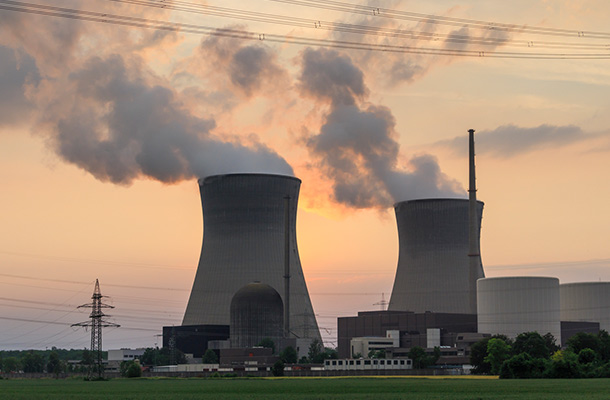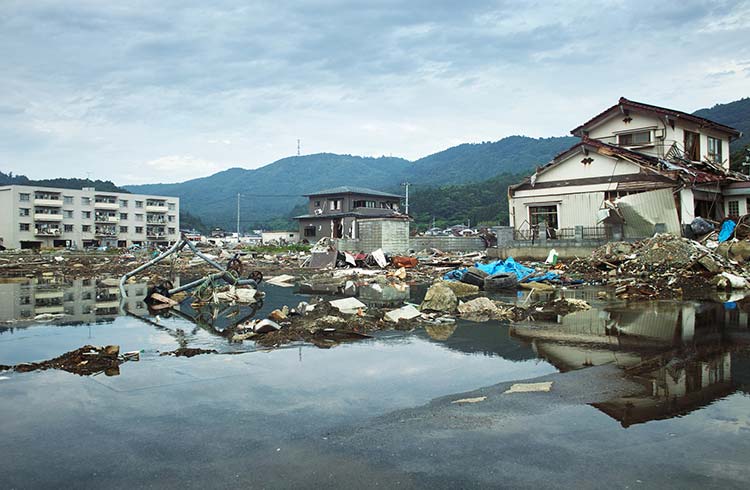How Dangerous is Radiation in Japan After the 2011 Tsunami?
Since the 2011 earthquake and tsunami in Fukushima in Japan, is there still a danger of radiation?
 Photo © iStock/were1962
Photo © iStock/were1962
In 2011, Japan suffered one of the most multi-faceted natural disasters in modern history, which involved a massive earthquake, multiple deadly tsunamis, and a nuclear meltdown. That nuclear catastrophe is still affecting the country, but are tourists at risk from radiation, which can cause cancer and stunt child development? So, is it safe to go to Japan? In January 2015, we published a short, animated video that tried to put people's fears in perspective.
- How did Japan's nuclear accident happen?
- What is Fukushima like now?
- Can travelers safely visit Fukushima?
- How high is the radiation risk in the rest of Japan?
How did Japan's nuclear accident happen?
On March 11, 2011, the fourth-strongest earthquake in the world’s recorded history struck 80mi east of Sendai city, on the east coast of Japan in Fukushima Prefecture. The giant quake triggered some of the most destructive tsunamis the planet has witnessed.
Measuring up to 50 feet tall, monstrous waves inundated coastal areas, causing extraordinary levels of damage to dozens of towns and cities, and killing almost 20,000 people. They were so powerful they not only reached up to 6mi inland, but they destroyed thousands of buildings.
Among the structures badly damaged by these walls of water was the Fukushima Daiichi Nuclear Power Plant. Oddly, in a country that has a wretched history of earthquakes and tsunamis, this huge nuclear plant was built next to the ocean. So, when the tsunamis reached Fukushima, they smashed into this hazardous facility.
The largest of these waves went over the nuclear plant’s defensive sea wall and swamped the facility. Although the nuclear reactors were automatically shut down when the earthquake was detected, emergency generators were needed to help cool the plant’s cores - the locations where nuclear reactions occur and extreme heat is created.
These crucial emergency generators were shut down by the tsunami so, despite the best efforts of the plant’s employees, its reactors overheated. This resulted in the cores melting. Soon, harmful radioactive material was seeping into the surrounding land, air, and sea, forcing the evacuation of at least 200,000 people from nearby towns and villages.
What is Fukushima like now?
After the meltdown, the Japanese Government not only evacuated hundreds of thousands of people but also set up a big exclusion zone around the nuclear plant. People were instructed not to step inside this area, which was 20km in radius.
In recent years that exclusion zone has gradually decreased in size, yet few of the former residents of these areas have returned, according to the Royal Geographical Society. In late 2021, the RGS reported that in some villages inside former exclusion zones, only one-third of the inhabitants had returned, and the majority of those were elderly people.
Meanwhile, the power plant is still hazardous and will remain so for at least 40 years until the clean-up process is finished, according to Japanese authorities. It houses about 1,000 tanks filled with radioactive sea water, and Japan has already spent more than 3 billion removing nuclear waste from the facility.
Can travelers safely visit Fukushima?
There is still a sizeable exclusion zone around the Fukushima plant. Visitors can only legally enter this area as members of day tours conducted by government-approved organizations, such as Real Fukushima. Tour participants must wear personal protective masks and suits while inside the exclusion zone on these five-hour tours, which visit towns and natural locations that were badly damaged by the tsunami.
The levels of radiation directly surrounding the plant remain high enough that, exposure for even just one full day (without wearing personal protective equipment), could harm a human’s health. However, the current exclusion zone covers only a tiny portion of this prefecture, the remainder of which is perfectly safe for tourists to visit.
How high is the radiation risk in the rest of Japan?
The average radiation exposure for the entire Japanese population, due to the Fukushima disaster, was as low as 1/10th of that experienced by the entire European population due to the 1986 Chernobyl meltdown. That’s the finding of a 2022 report by the United Nations Scientific Committee on the Effects of Atomic Radiation (UNSCEAR). That study stated that, since its last assessment of Fukushima in 2013, there had been “no adverse health effects among Fukushima Prefecture residents…directly attributable to radiation exposure”.
Tourists to Japan, then, need not worry about radiation exposure. Even permanent residents of the prefecture where the meltdown occurred do not appear to be harmed by radiation. All of Japan’s major tourist destinations – Tokyo, Kyoto, Osaka, Nagoya, Hiroshima, Kobe, Hokkaido and Okinawa – are more than 150mi away from the exclusion zone. In reality, the far bigger threats to tourists in Japan are the twin causes of the Fukushima meltdown – a major earthquake and resulting tsunami.
Related articles
Simple and flexible travel insurance
You can buy at home or while traveling, and claim online from anywhere in the world. With 150+ adventure activities covered and 24/7 emergency assistance.
Get a quote


32 Comments